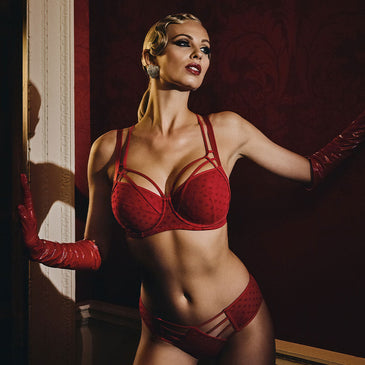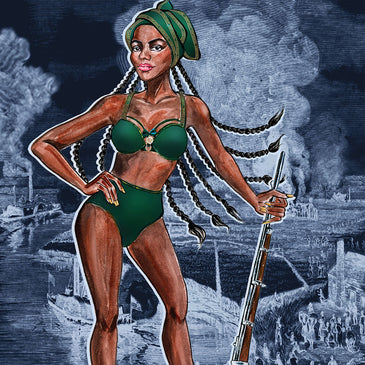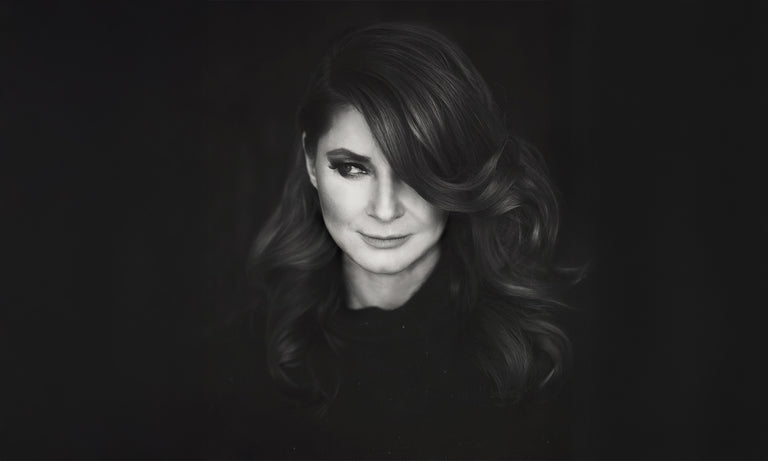
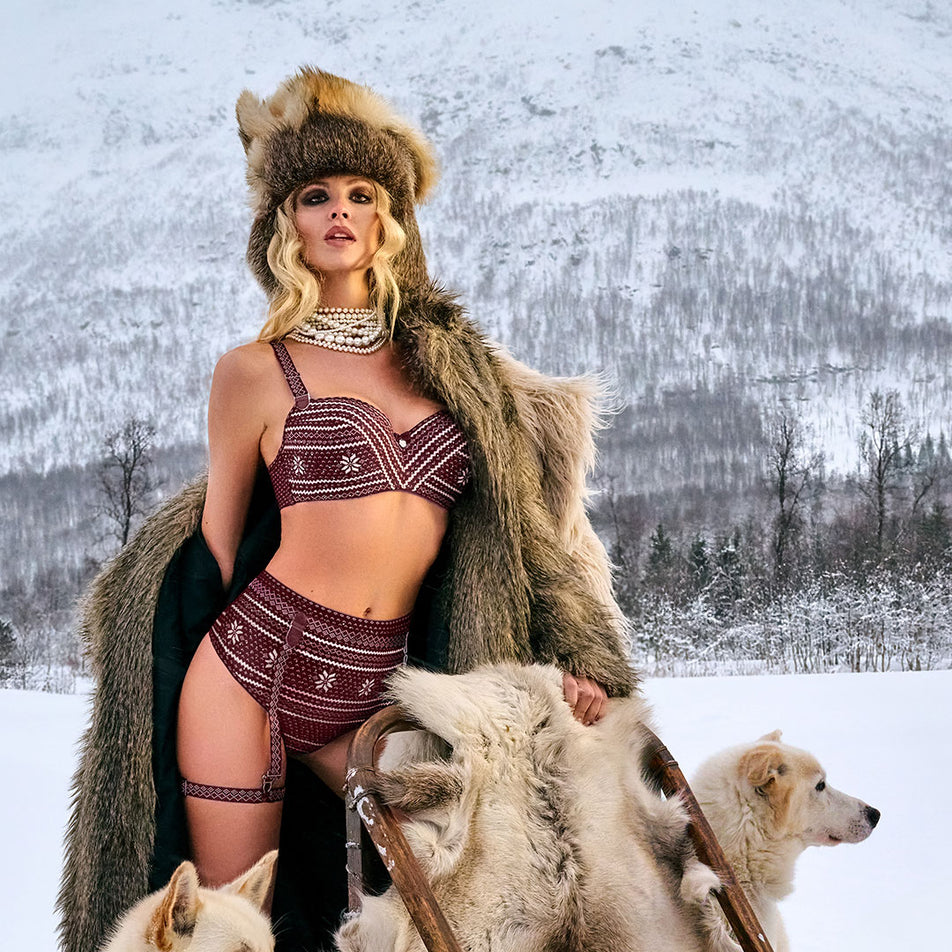
Marlies Says
Breaking the ice
Meet the badass women who shattered stereotypes by exploring the Poles. From mapmakers to modern adventurers, these Heroines of the Ice prove that life is meant to be lived boldly...
The badass women exploring the Ends of the Earth did more than plant flags and fight frostbite. By daring to go where no woman - or man! - had gone before, these Polar pioneers showed us that yes, we too can achieve the unthinkable!
The badass women exploring the Ends of the Earth did more than plant flags and fight frostbite. By daring to go where no woman - or man! - had gone before, these Polar pioneers showed us that yes, we too can achieve the unthinkable!For the longest time, women were only allowed in the Polar regions as names on maps. Literally. From Marguerite Bay to Adélie Land, brave, bearded men would name claimed land after their wives, who were expected to wait patiently at home, knitting sweaters for their adventurous husbands. When the legendary explorer Ernest Shackleton advertised his 1914 Antarctic expedition, three women applied, writing: “we do not see why men should have the glory, and women none, especially when there are women just as brave and capable as there are men.” How dare they! Shackleton quickly replied: 'there are no vacancies for the opposite sex on the expedition.' Roy Andrews, the president of the men-only Explorers Club voiced the opinion of the day when he stated: 'women are simply not adapted to exploration'.
Women and exploration; these men obviously didn't have a clue about either. Because in 1956, Russian marine biologist Maria Klenova visited the South Pole, where she helped to make the first Soviet Antarctic Atlas. Finally, a woman wasn't just a name on a map; she was right there, making the map! Maria owed her success to the stubbornness and sass of several generations of female adventurers, starting with the Victorian feminists who dared to bury their corsets under rocks to boldly explore both ends of the world.
The North Pole, being the less harshly cold of the two and approachable by land, was 'conquered' first. Traveling with her explorer husband in 1891, Josephine Peary was the first white woman to winter in the far North. She even gave birth to a daughter there two years later. The girl, Marie, was nicknamed The Snow Baby - Josephine's book with the same title became a huge bestseller. But let's not pretend that indigenous women hadn't already been living in the Arctic regions for at least 45.000 years. Accompanying explorers as seamstresses, cooks and interpreters, they were the hidden force behind many expeditions. In 1921, an Inuit woman named Ada Blackjack joined the ill-fated Wrangel Island Expedition. She would write history as its only survivor.
The South Pole, being surrounded by water, was a bigger challenge for women for one simple but ridiculous reason: till the early 20th century, it was considered bad luck to have a woman on board a ship. No problem for Norwegian adventurer Ingrid Christensen, who came from a family rich enough to have their own ships. Together with her explorer husband Lars, a whaling magnate himself, she made several trips to the Antarctic, becoming the first woman to not only see the South Pole but also fly over it. Praising Ingrid for her 'incredibly bold, fearless personality', one journalist wrote: "it is symbolically right that it should be she who, from an aircraft threw down the Norwegian flag."
Since then, there have many more 'incredibly bold' female explorers - pilots, scientists, mountain climbers, writers - who have made their mark on the Poles, restoring women to their proper place in history, which is: anywhere they want to go. This season, we are celebrating the lives of our favorite Polar pioneers, from 1920s Polar bear-hunting socialite Louise Boyd to current-day kickass astrophysicist/explorer Merieme Chadid. Because if there's one thing that we can learn from these Heroines of the Ice, it's that life is meant to be lived, hair-raising risks, glorious mistakes and adrenalin-filled adventures included.
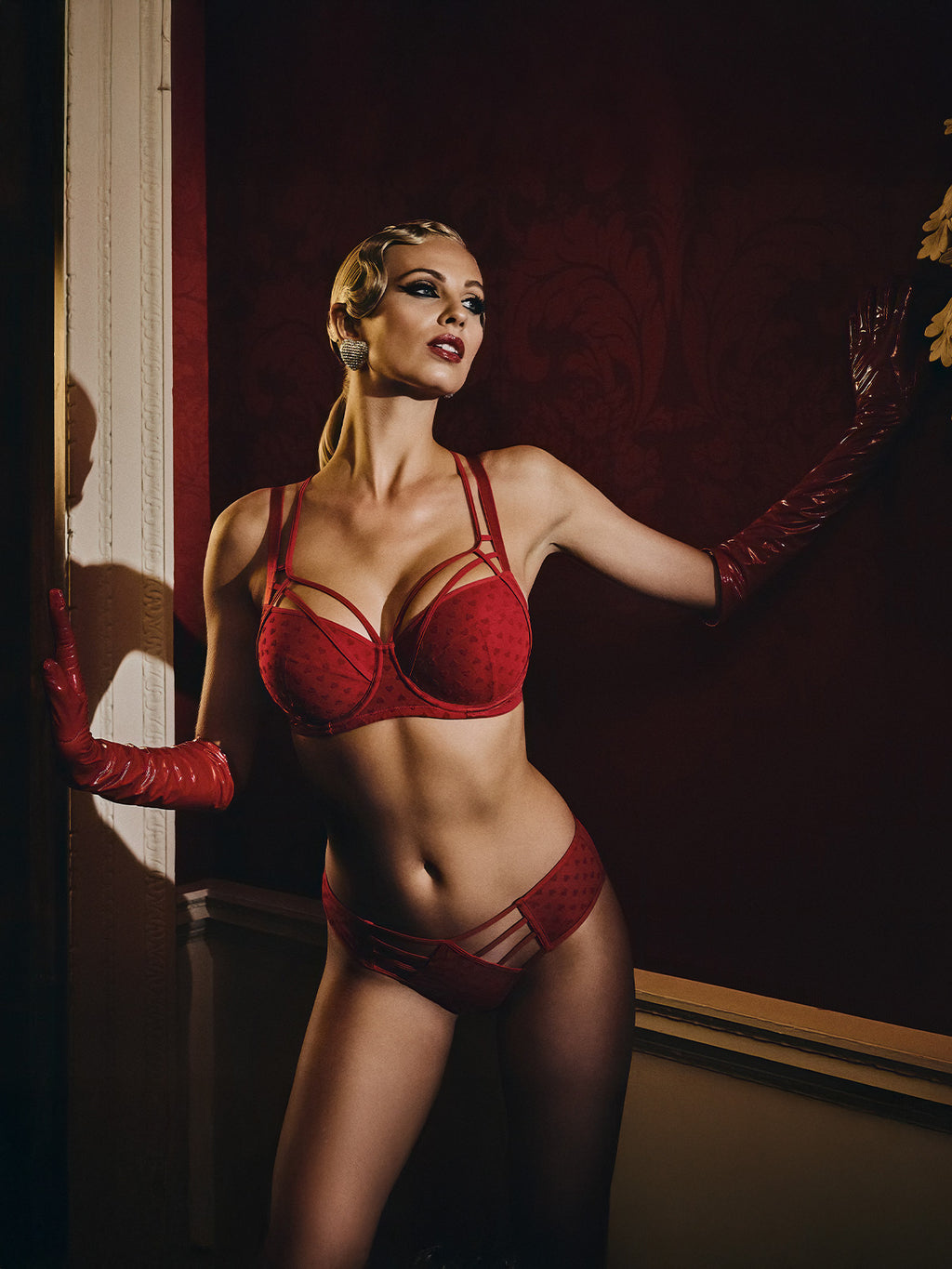

the art of love
plunge balcony bra

the art of love
8 cm brazilian briefs





